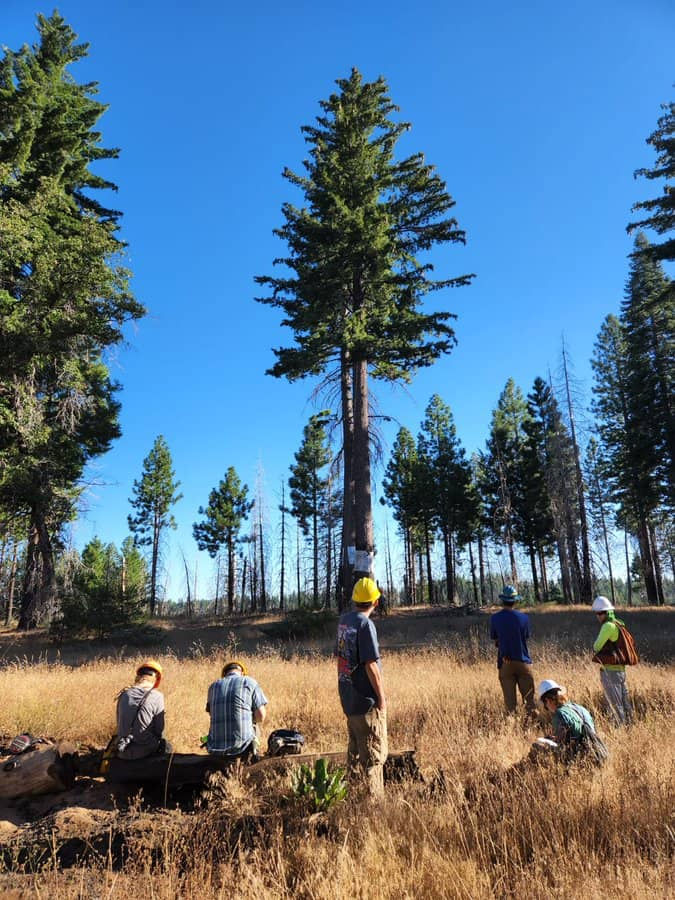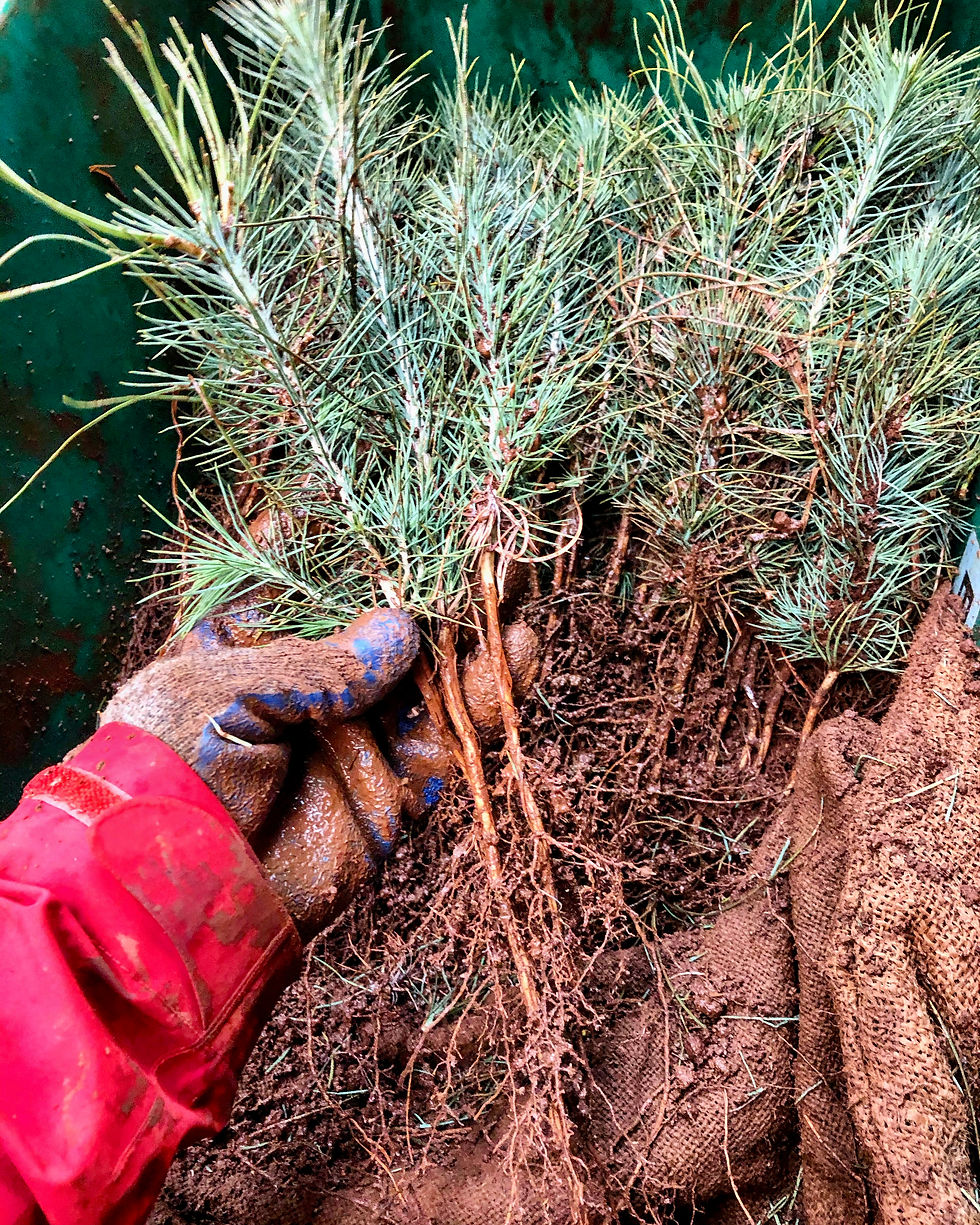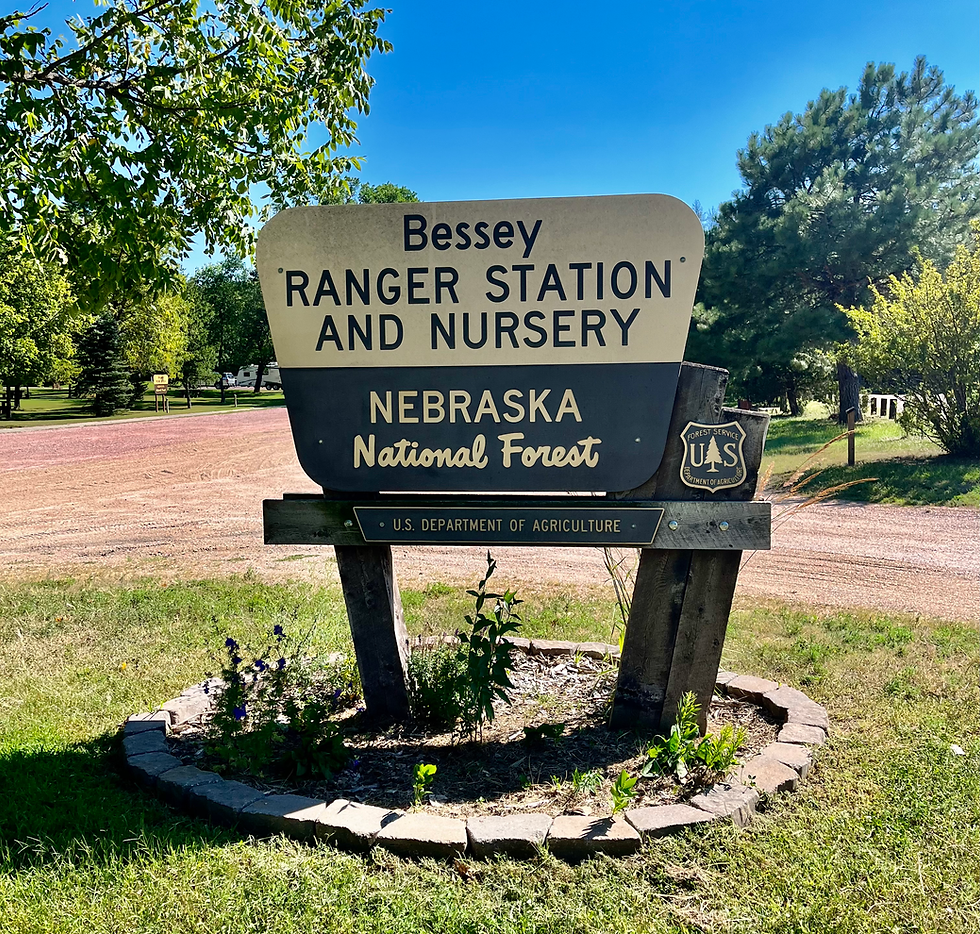Cone Collection.....
- Garrett Keisling
- Sep 16, 2023
- 2 min read

Each year with the turning of the season into fall we begin to receive our crop of pinecones from the various national forests that our nursery serves. These cones are vitally important to each nurseries mission as they hold the key to the entire operation......seed!

The process starts each summer as foresters in the various regions asses their needs for seedlings now and into the future. Each national forest employs teams of silviculturists and geneticists that work together to find high quality seed sources within our forests and these teams spend many hours scouting the forest trees for good genetics, viability and then tracking their cone crop for harvesting in the fall.
Only the best trees are selected as donor trees for seed and a lot of work goes into determining the source. The trees are monitored for general health and vigor, disease resistance, growth form and any other relevant traits that would make the tree an ideal candidate for seed collection. These trees are marked, their location mapped and each individual may be used for many years as mother plants for cone collection.

As fall arrives and the cones are nearing maturity, the national forests will employ teams of cone collectors to go off into the forest, find the established mother trees and collect the crop of cones from high within the canopy. This is no easy task and the teams include skilled tree climbers who scale the massive trees to collect the cones by hand. The cones are collected into burlap sacks by the bushel and sent from the various national forest sites back to us at the nursery to be processed.

As the bushels of cones arrive by the semi-trailer full we carefully unload them onto drying racks and organize them by each individual trees location. This information will be tracked and will stay with this seed for it's lifetime. This is vitally important so that the seedlings we grow can be sent back into the area of the forest from where the seed was collected, ensuring the tree is adapted and fit for survival within that area.

Upon arrival we take samples of cones from each seed lot to check for bugs and disease. We also preform a face-cut of each cone, which involves using a specialized cone cutter to slice each cone in half, to count the seed inside and get an estimate on the amount of seed we might expect from each seed lot after the seed has been extracted.
After we log all of this data and send it back to the forests silviculturists for their records the bags of cones are kept on the drying racks for several months to cure and await extraction which will occur later in the year when we have some down time, after the seedling growing season has ended.





Comments